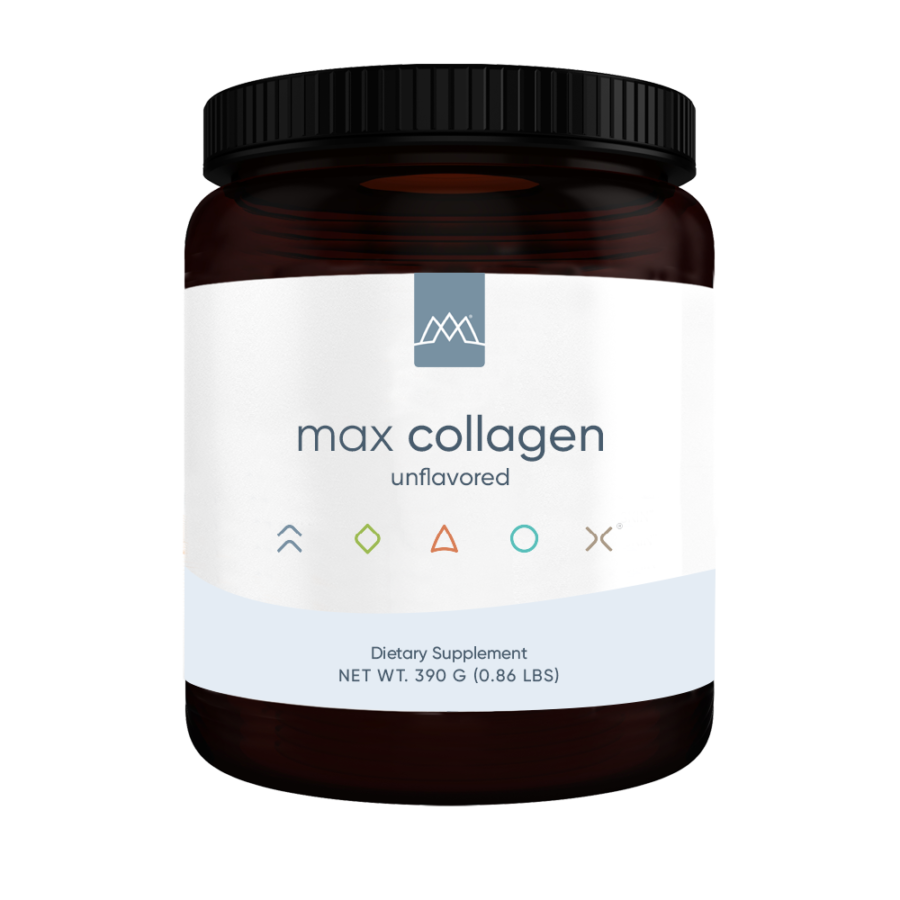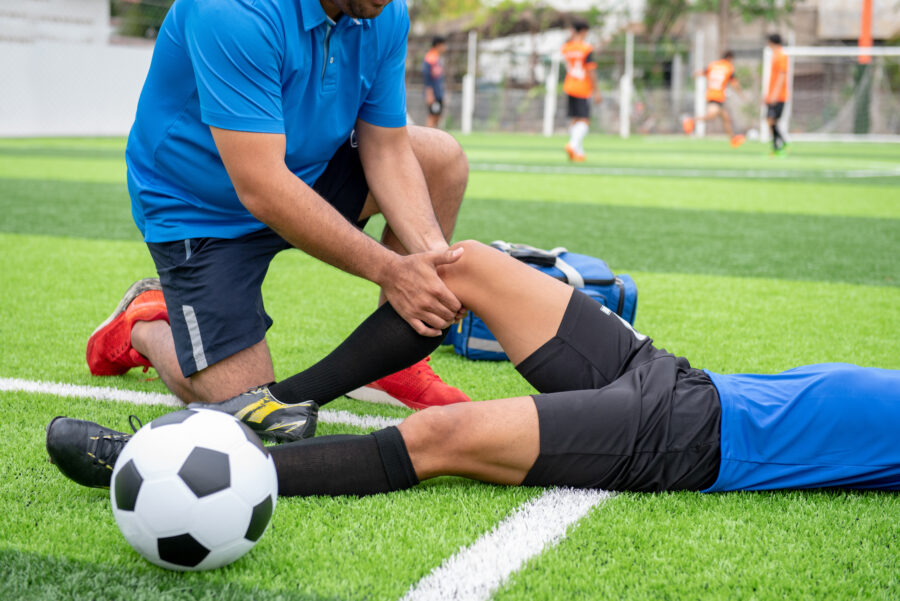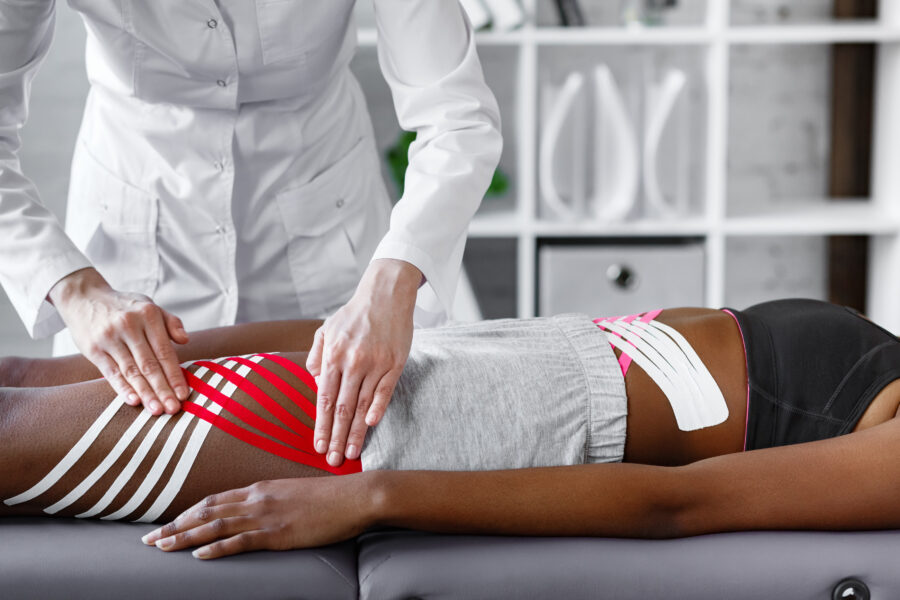As a health and fitness advocate, you probably didn’t know that sports and recreational activities account for approximately 8.6 million injuries each year in the US, that are bad enough to be treated in the emergency room. While this includes injuries from a wide range of sports and activities, not just those specific to the spring, Americans tend to participate in more sports and physical activities during the warm months, including the spring and summer seasons. This is due in part to the fact that many sports and activities are more conducive to warmer weather, such as swimming, running, and outdoor team sports like soccer and baseball.
That said, as we move into spring, injuries from sports and activities will become more commonplace. These injuries can range from minor sprains to more severe forms, such as fractures. No matter your age or experience level, understanding different types of injuries and how to prevent them is essential to getting the most out of an active lifestyle. In this article, we’ll focus on the top 4 most common injuries—sprains, strains, fractures, and overuse injuries—and discuss how to prevent and recover from them quickly.
1. Sprains:
A sprain is a ligament injury that occurs when sudden force is applied to a joint or to a bone that forms a joint. Minor sprains involve stretching of the ligament, while serious sprains involve complete rupture or tearing. Sprains are very common in the ligaments of the ankle, knee, elbow, shoulder, and thumb. The symptoms of a minor sprain include pain, swelling, and tenderness. Most minor sprains begin to feel better within two days and fully resolve within one to two weeks.
2. Strains:
A strain, sometimes called a “pulled” muscle, is a muscle tear caused by sudden stretching or forceful contraction, usually during a change of speed or direction. A minor strain involves minimal torn or damaged muscle fibers, while a severe strain is a complete rupture of the muscle. Strains are very common in the hamstring, quadriceps, calf, groin, rotator cuff, and lower back muscles. The symptoms of a strain include pain when contracting or stretching the muscle, tenderness, swelling, and bruising. Normally with this injury, you can return to your normal activities after the muscle strain feels better and regains the same flexibility and strength as the corresponding muscle on the other side of your body.
3. Fractures:
A fracture is a broken bone caused by a traumatic injury, such as a fall or collision. The symptoms of a fracture are severe and painful, making it easy to identify. If you suspect a fracture, seek medical attention right away. Treatment largely depends on the location and extent of the fracture but may include immobilization with a cast for several weeks or surgery to repair the broken bones.
4. Overuse injuries:
Overuse injuries result from repetitive stress on your tendons, bones, and joints, and can be caused by overtraining, imbalances between strength and flexibility, poor body alignment, and incorrect technique. Common overuse injuries include tendonitis, stress fractures, shin splints, bursitis, and joint pain, especially in the knee or elbow. Overuse injuries are common in both children and adults. In children, overspecialization in one sport or participation in athletic training that’s too intense for the child’s age is a common cause. In adults, overuse injuries are often caused by repeated performance of the same activities.
Healing Sports Injuries with Chiropractic Care
While there are many ways to prevent and recover from sports injuries, chiropractic care can be a valuable tool in the healing process. Chiropractic care focuses on restoring the body’s natural ability to heal itself, without the use of drugs or surgery. Chiropractors can help to realign the spine and joints, reduce inflammation, and improve mobility and range of motion. This can be especially helpful in treating injuries such as sprains, strains, and overuse injuries.
For example, a chiropractor can use spinal manipulation to realign the vertebrae in the spine, which can alleviate pressure on nerves and improve blood flow to affected areas. This can help to reduce inflammation and pain while promoting faster healing.
Chiropractic care can also be effective in preventing future injuries. Regular chiropractic adjustments can help to keep the body in proper alignment, reducing the risk of muscle strains, sprains, and other injuries. Chiropractors can also provide advice on proper posture and body mechanics, as well as exercises to help improve balance, coordination, and flexibility. If you have suffered a sports injury, chiropractic care may be an effective treatment option. Be sure to consult with an aMaxLiving doctor to help evaluate your injury and help develop a personalized treatment plan to help you recover quickly and safely.
Targeted Nutrition for Preventing and Recovering from Sports Injuries
Collagen is a crucial protein that provides strength and flexibility to connective tissues, such as tendons, ligaments, and bones. However, as we age, our bodies produce less collagen, which can lead to weakened connective tissues and bones. To address this, MaxLiving developed Max Collagen using 3 proprietary collagen peptides: FORTIGEL®, VERISOL®, and FORTIBONE®.
FORTIGEL® is a type I collagen peptide supplement that supports joint health. It has been shown in studies to improve joint mobility, reduce joint pain, and support the production of collagen in joint tissues.
FORTIBONE® is also a type I collagen peptide supplement, but it supports bone health. It has been shown in studies to improve bone density and reduce the risk of fractures.
VERISOL® is a collagen peptide supplement that supports skin health. It contains both type I and type III collagen, which are the main collagen found in the skin. Type III collagen is particularly important for individuals recovering from injuries or surgeries, as it supports the growth and repair of muscle tissue, as well as improving the elasticity and flexibility of blood vessels, reducing the risk of cardiovascular disease.
Overall, the combination of type I and type III collagen in Max Collagen Protein offers unique benefits for different areas of health, including bone and joint health, skin health, and muscle recovery. Supplementing collagen peptides can provide comprehensive support for these areas of health and improve overall well-being. It’s important to consult with a healthcare provider before starting any new supplement regimen.
About the Author
 Zach Zovath graduated with a Bachelor’s degree in Exceptional Education from the University of Central Florida. He continued on to receive his Master’s degree from the College of Education and Human Performance at the University of Central Florida. He is a master-level personal trainer, coach, and health consultant. In addition, his specializations include corrective exercise, performance enhancement, prenatal/postpartum core stability, and exercise therapy. As a result of his education and experience in the health and fitness industry, he has developed fast and effective exercise programs for healthcare facilities.
Zach Zovath graduated with a Bachelor’s degree in Exceptional Education from the University of Central Florida. He continued on to receive his Master’s degree from the College of Education and Human Performance at the University of Central Florida. He is a master-level personal trainer, coach, and health consultant. In addition, his specializations include corrective exercise, performance enhancement, prenatal/postpartum core stability, and exercise therapy. As a result of his education and experience in the health and fitness industry, he has developed fast and effective exercise programs for healthcare facilities.






